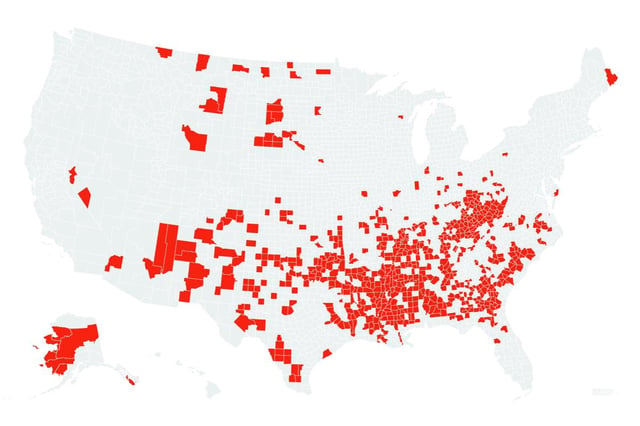Overview
- A Yale-led study analyzing 179 million deaths from 1969 to 2020 unveils persistent state and county-level life expectancy disparities across the U.S.
- Southern states like Mississippi, Oklahoma, and West Virginia have seen less than three years of life expectancy gains since 1900, compared to decades of improvement in the Northeast and West Coast.
- Washington, D.C. exemplifies transformative progress, with female life expectancy rising by 30 years and male life expectancy by 38 years over the 20th century.
- Dozens of U.S. counties, particularly in the South, now have average life expectancies below North Korea's 72.6-year benchmark, highlighting severe health inequities.
- Researchers attribute these disparities to policy factors like tobacco control, healthcare access, and environmental protections, calling for targeted reforms to prevent further divergence.

